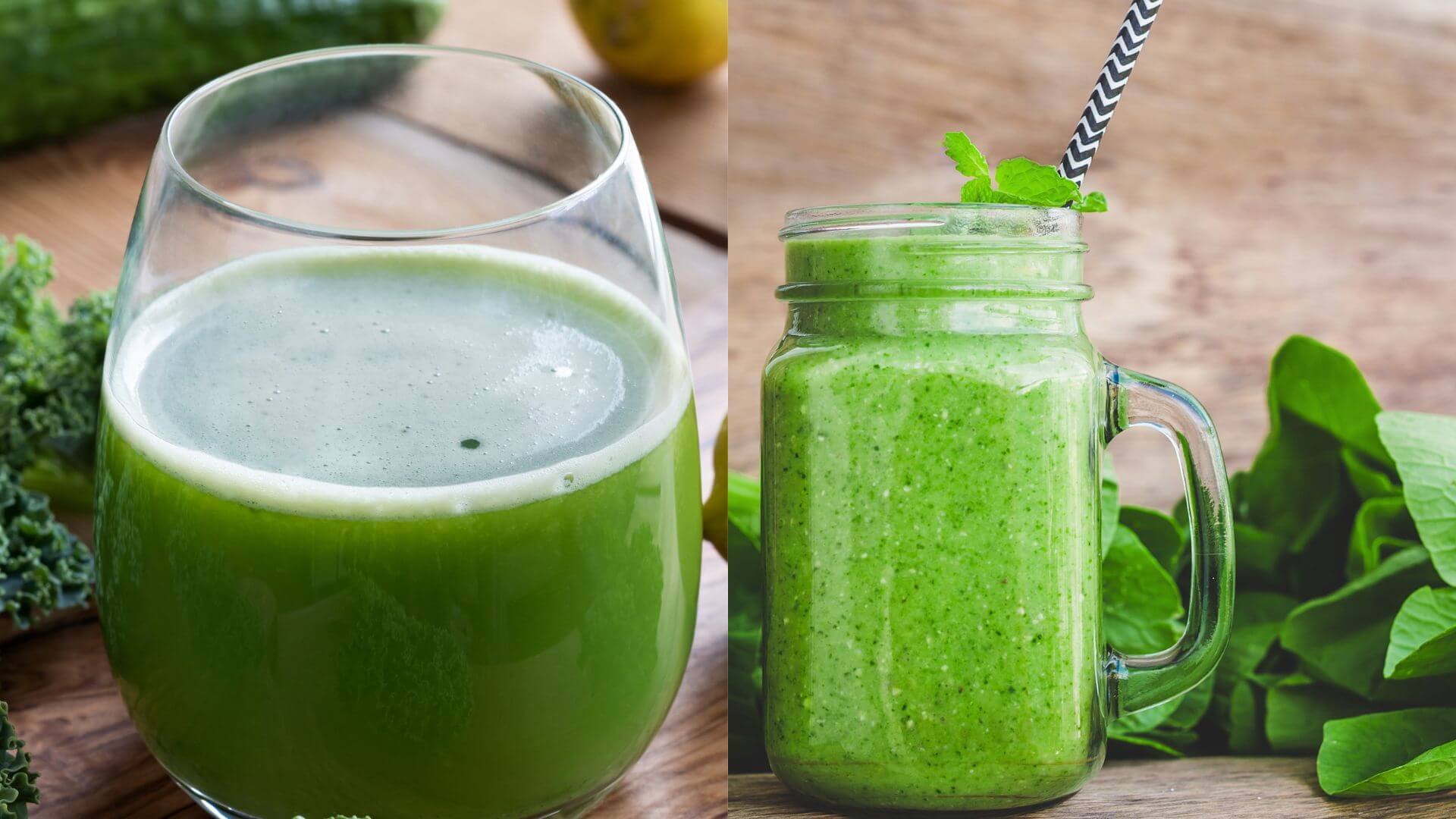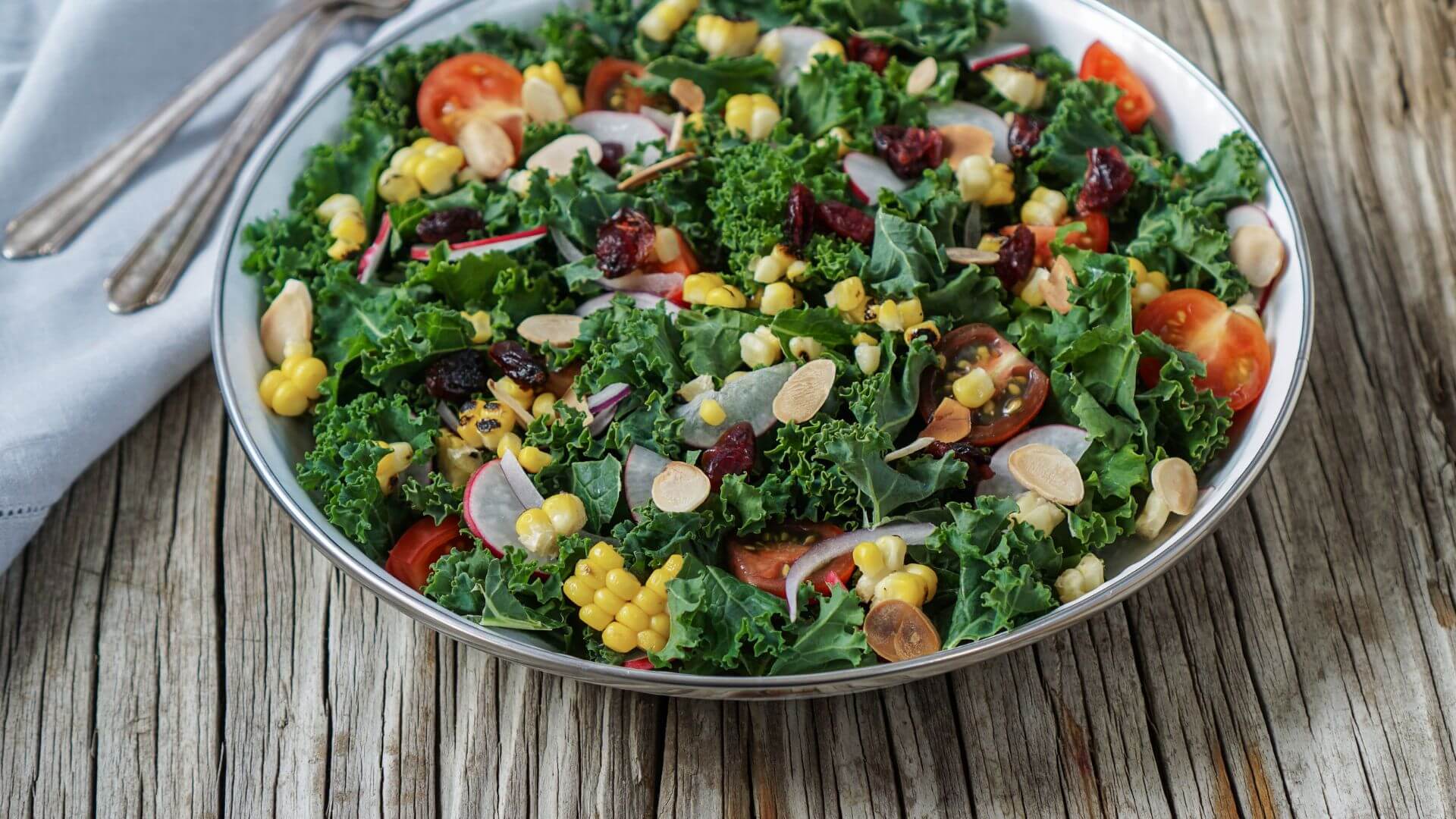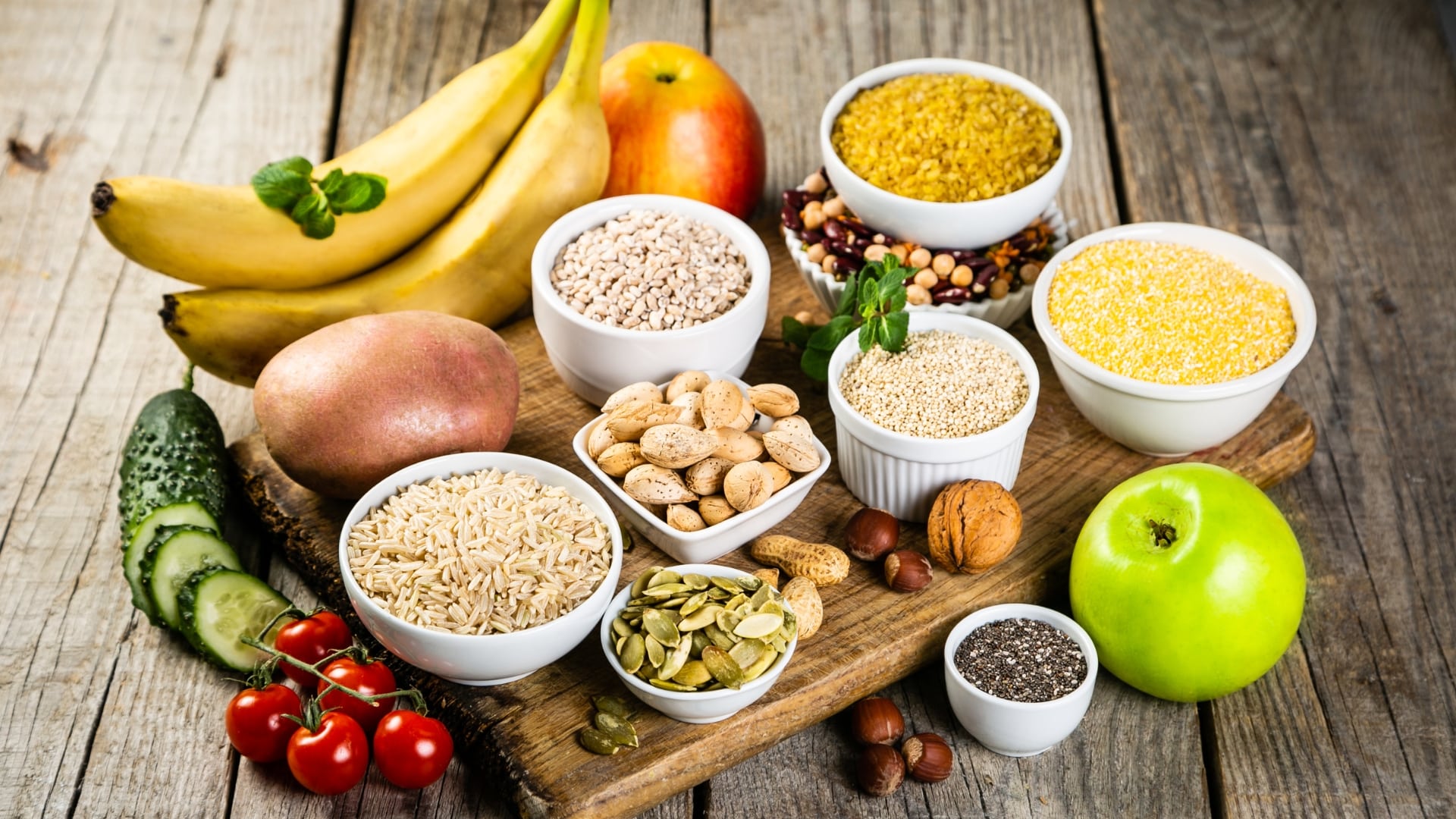You probably ended up on this blog post becasue you’re wondering; Kale vs Spinach: which leafy green reigns supreme?
Within the vast varieties of leafy greens, kale and spinach are often crowned as the most popular. Both have been lauded for their health benefits and have been incorporated into a variety of dishes, from smoothies to salads and beyond.
But when pitted against each other, which of these green giants truly reigns supreme?
Let’s dive deep into their nutritional profiles, potential health benefits, and best uses to determine a victor in this leafy showdown.

Kale vs Spinach Nutritional Overview
Calories & Macronutrients:
- Kale: A cup of raw kale (about 67 grams) provides 34 calories, 2.2 grams of protein, 0.5 grams of fat, and 6.7 grams of carbohydrates.
- Spinach: A cup of raw spinach (about 30 grams) delivers 7 calories, 0.9 grams of protein, 0.1 grams of fat, and 1.1 grams of carbohydrates.
Verdict: Kale packs more calories, but it also provides more protein and carbohydrates per cup. Depending on dietary needs, this can be either a pro or con.
Vitamins & Minerals:
- Kale: Exceptionally high in vitamins A, C, and K. It’s also a good source of manganese, calcium, potassium, and magnesium.
- Spinach: Rich in vitamins A, C, K, and folate. Additionally, it offers higher levels of iron, magnesium, and calcium than kale.
Verdict: Both are nutritionally dense, but spinach edges out with its higher iron and calcium content. However, kale shines with its vitamin C levels.
Antioxidants & Phytonutrients:
- Kale: Contains quercetin, kaempferol, and a range of flavonoids and polyphenols that combat oxidative stress.
- Spinach: Offers a good amount of zeaxanthin and lutein, crucial for eye health.
Verdict: It’s a tie. While kale provides a broader range of antioxidants, spinach brings essential nutrients for eye health.

Kale vs Spinach Potential Health Benefits
Bone Health:
- Kale: The high vitamin K content in kale is essential for bone health, aiding in calcium absorption and bone mineralization.
- Spinach: Contains vitamin K, but also has oxalates which can hinder calcium absorption to some extent.
Verdict: Kale takes the lead for better bone health.
Heart Health:
- Kale: Potassium in kale may help reduce blood pressure levels.
- Spinach: The nitrate content can improve heart health by enhancing the efficiency of mitochondria.
Verdict: Both are heart-friendly, but spinach’s nitrates give it a slight edge.
Digestive Health:
- Kale: Offers more fiber, which aids in digestion and promotes a healthy gut.
- Spinach: Provides fiber, but in lesser amounts than kale.
Verdict: Kale wins for those looking to boost their fiber intake.

Kale vs Spinach Culinary Uses
Taste & Texture:
- Kale: Has a slightly bitter and peppery flavor with a tougher texture.
- Spinach: Offers a milder flavor and softer leaves, which wilts quickly when cooked.
Verdict: Preference-based. Those who want a milder flavor might gravitate towards spinach, while those seeking a crunch might prefer kale.
Versatility:
Both greens are versatile and can be used in salads, smoothies, soups, and sautés.
Verdict: It’s a tie in terms of versatility.

Kale vs Spinach Wrapping Up
So, kale vs spinach, which leafy green which one is the winner?
Well, both kale and spinach are nutritional powerhouses, each offering a unique set of benefits.
Your choice might hinge on specific dietary needs, culinary preferences, or health objectives.
Why not include both in your diet and reap the best of what each has to offer? In the end, the real winner is your health!





